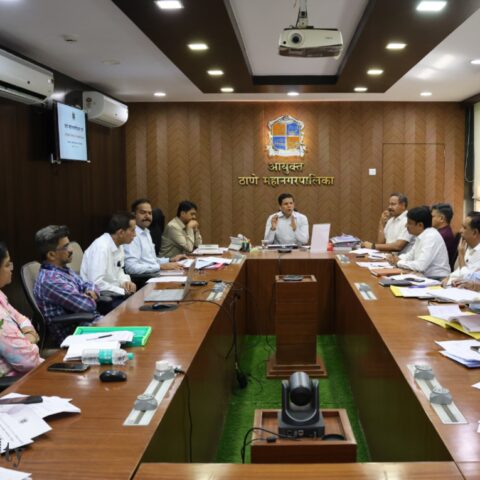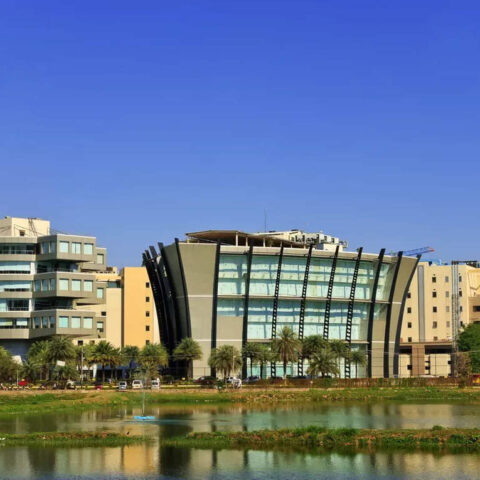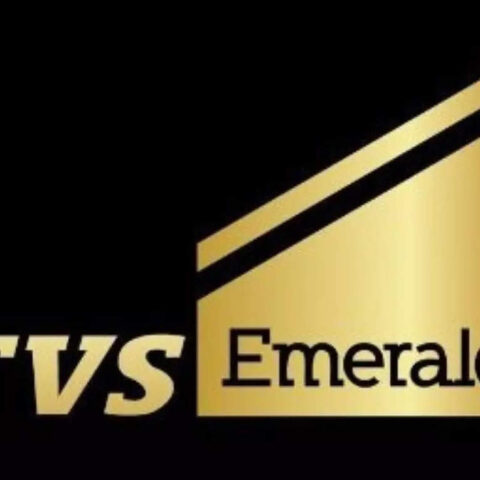In Paris’s Marais district, next to the Place Sainte-Catherine, two buildings sit on one lot. The one on the street side dates from the 18th century, while the one in the back, facing a garden, dates from the 1970s or ’80s. There, a 506-square-foot fourth-floor apartment has views of the sky and benefits from an abundance of natural light coming from two directions, through windows on both its east and west walls. Despite its positive aspects, architect and designer Olivier Debin says, “I found it extremely compartmentalized, with a small kitchen and cupboards everywhere that made it hard to appreciate the high ceilings. Walking through the apartment was a journey with many obstacles.”
Olivier’s intervention would have two goals: first, to optimize the use of space and, second, to create a unique narrative about this apartment. Focused on efficiency, the designer concentrated a number of the home’s different functions along what he calls its “living wall”—that’s where the dressing room, laundry room, kitchen, and office are all found. Opposite it, Olivier played with a rounded wall by extending its curve outwards with a pattern in the parquet floor, like rays from the sun. There is also now an obstacle-free path from the entrance, through the first part of the living area and a small lounge, which arrives, finally, in the bedroom. The floor plan makes the most of the light that passes through the unit and it helps to organize and define the space.
“I like to create stories about the spaces I design,” Olivier shares. “The owner of this apartment is passionate about science and, in particular, chemistry. At the same time, I was seduced by the concept of an advanced ‘laboratory,’ something that the artist Fabrice Hyber developed in his show at the Fondation Cartier. By combining these two themes, the idea was to invent another kind of nature, using light and various other elements.” The result is a palette of natural materials including oak, birch, and olive ash plywood, terracotta, and tadelakt plaster. There is an installation at the entrance displaying chemistry instruments—test tubes, a variety of flasks with some of them illuminated and others serving as vases for plants—and a large fresco, in the style of Hyber, on the rounded wall, which mixes shades of brown, green, and blue to tell the story of the passage from the earth to the sky and how nature connects the two.







